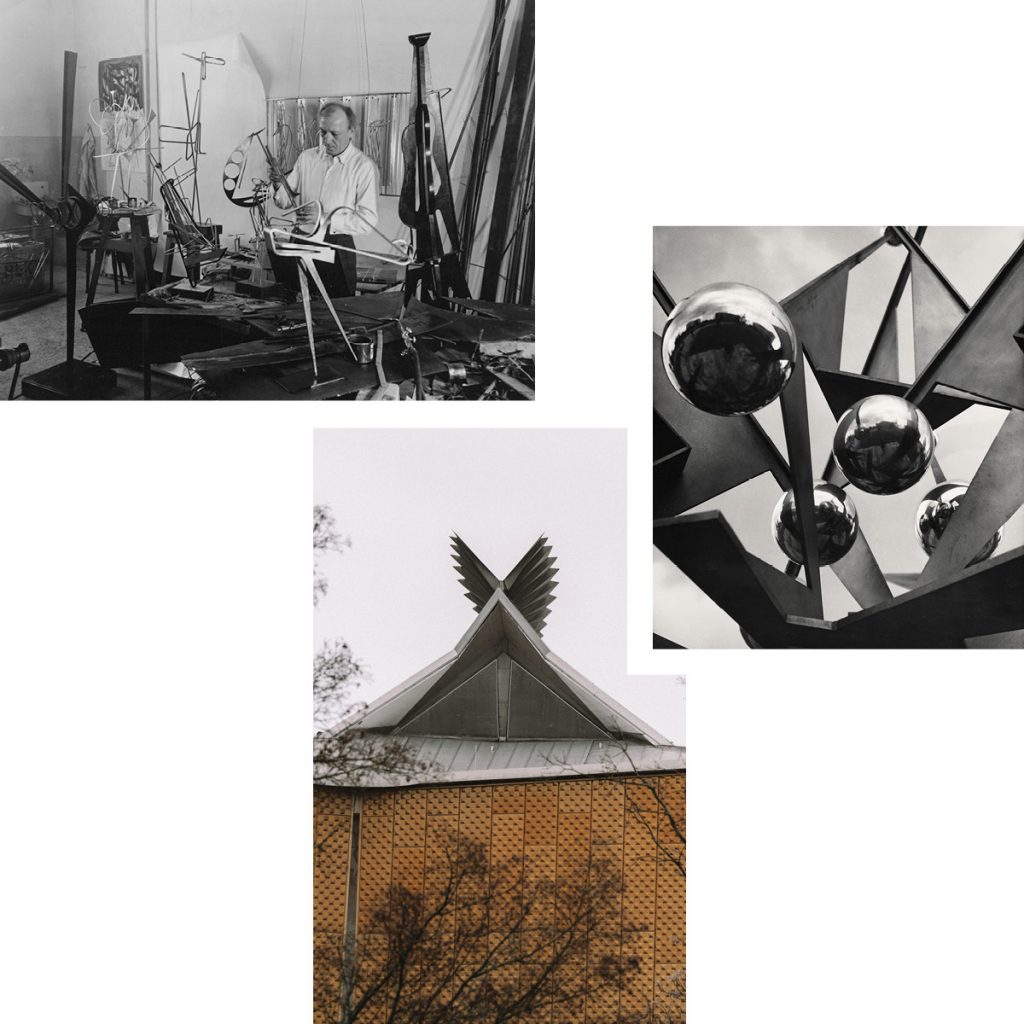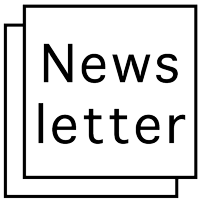
One of Berlin’s most curious sculptures can be found on the roof of the Philharmonie. The sculptor Hans Uhlmann installed his Phoenix — a stylized bird with two broad metal wings — here in 1964. While artwork on buildings usually catches the eye, Uhlmann’s sculpture almost entirely eludes it. His Phoenix nestles so closely to the architecture that it’s nearly unnoticeable, symbolizing the artist’s work. Uhlmann’s works blend seamlessly into the Berlin cityscape. His steel spirals and columns wind towards the sky in the Hansaviertel, in front of the Deutsche Oper, and at the University of the Arts. Yet his name is unknown to most people today. The Berlinische Galerie aims to change that with the first comprehensive retrospective in 50 years. With around 80 sculptures and graphic works, the museum traces Uhlmann’s life and work from his artistic beginnings in the 1930s to his death in the 1970s. After studying mechanical engineering, the Berlin-born artist repeatedly tried his hand at sculpting, discovering wire early on as the main material for his works. When he was arrested in 1933 during an anti-fascist leaflet campaign and sentenced to one and a half years in prison, he filled his time in custody with the only activity left to him: drawing.
His artist friend Jeanne Mammen smuggled pencils and notepads into prison. After his release, he exhibited the ideas of the time. He created heads made of metal and iron wire. Uhlmann described his imprisonment as the “most important period” in his artistic development. Even if the fine wire figures later gave way to massive metal sculptures, the linear aspect always remained part of his formal language. While teaching at the Berlin University of the Arts in the 1950s, Uhlmann developed his own style further. Figurative explorations receded into the background; instead, Uhlmann was interested in how he could depict movement in space with reduced forms. His abstract formal arrangements made him one of the most sought-after artists in the young Federal Republic of Germany. Invitations to the Venice Biennale and documenta followed. In addition to elaborate art-in-building projects, he returned to drawing in his old age. In black chalk, he traced the permeability of his structures on paper and discovered the dynamism and spontaneity that were so important to him throughout his life. Uhlmann achieved what many are denied. His works emit a quiet power. Even if, like the Phoenix on the roof of the Philharmonie, they sink in the background at first glace.
Text: Laura Storfner / Photos: Anja Elisabeth Witte & Clemens Poloczek / Credit: Legal successors Ewald Gnilka/VG Bild-Kunst, Bonn 2023; Margot Schmidt, Hamburg, for the work by Hans Uhlmann: VG Bild-Kunst, Bonn 2024
Berlinische Galerie, Museum of Modern Art, Alte Jakobstr.124–128, 10969 Berlin–Kreuzberg; map
Hans Uhlmann: Experimental Forming until 13.05.2024 Wed–Mon 10–18h.
@berlinischegalerie



